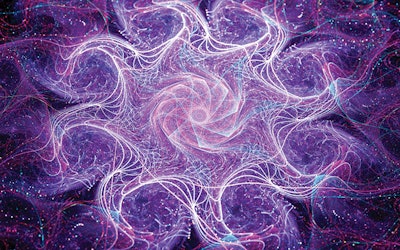
Researchers from McGill University in Montreal recently announced a discovery that could potentially revolutionize nanotechnology research. And surprisingly, they did it with the help of one of the most familiar mainstays of pool and spa water treatment: cyanuric acid.
According to a report by the McGill Newsroom, an unusual chemical characteristic of cyanuric acid facilitates the creation of a triple helix DNA molecule, which could be the basis for new ways to build devices on a molecular level.
The discovery "demonstrates a fundamentally new way to make DNA assemblies [that] could have applications in a range of technologies," says Hanadi Sleiman, primary author of the study and Canada research chair in DNA Nanoscience at McGill.
The chemistry is wildly complex, but here's how it works in layman's terms: DNA is composed of bases represented by four letters: A, T, G and C, which comprise the underlying code that gives rise to the double helix that is the blueprint for all life.
Cyanuric acid induces these bases into interacting in unusual ways to form a variety of DNA structures that might be used by scientists across a spectrum of nanotechnology applications, none of which have anything to do with DNA's biological role in living cells.
Their first concrete breakthrough using this process has been in the production of nanofibers used in a variety of applications.
"The nanofiber material formed in this way is easy to access, abundant and highly structured," says Nicole Avakyan, a PhD student in Sleiman's lab who served as first author for the study. "With further development, we can envisage a variety of applications of this material, from medicinal chemistry to tissue engineering and materials science."











































